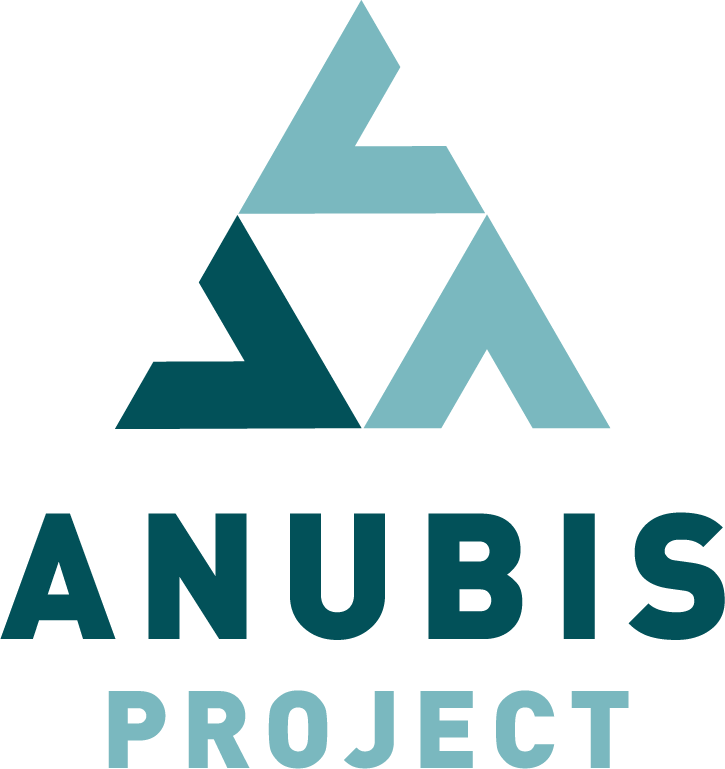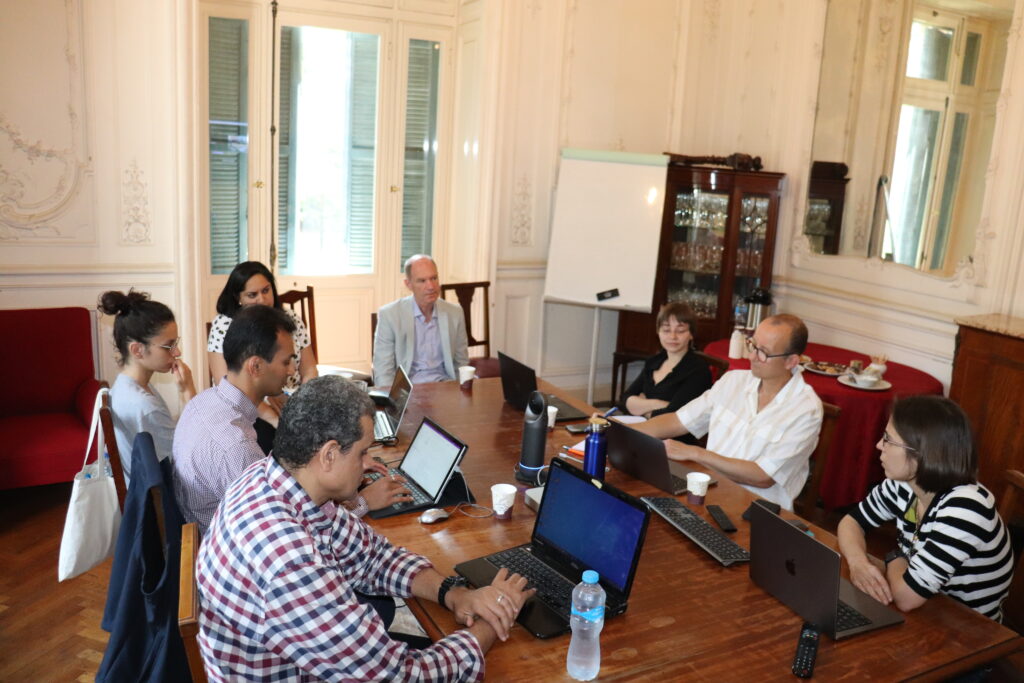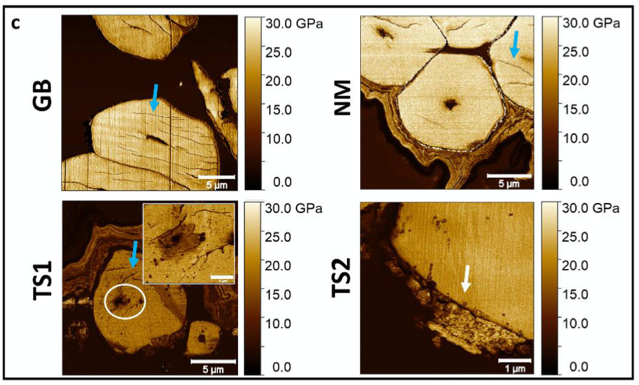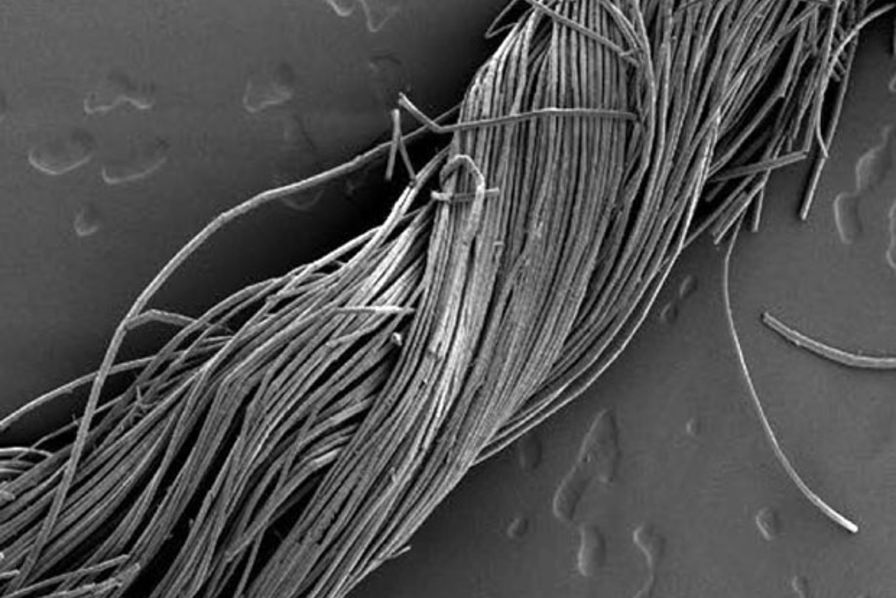Bridging archaeology, botany and materials engineering, ANUBIS Project aims to explore, through an original archeometric approach, the evolution along time of ultrastructure and properties of flax plant fibres coming from Ancient Egypt, in order to better understand the ageing mechanisms of these fibres.
New insights in the durability of flax fibres through the study of ancient Egyptian yarns
Latest News
Latest News
KETTAN WORKSHOP IN CAIRO
Journal of Cultural Heritage
Des textiles égyptiens vieux de 4000 ans nous éclairent sur la durabilité des fibres de lin
[L’industrie c’est fou] Malgré ses 4 000 ans d’existence, ce fil de lin égyptien est toujours aussi résistant
Lessons on textile history and fibre durability from a 4,000-year-old Egyptian flax yarn
New insights in the durability of flax fibres through the study of ancient Egyptian yarns
Research Description
Man has always had a close relationship with flax, one of the first domesticated plants, particularly in the Fertile Crescent and ancient Egypt. From the earliest times, its fibres, with their exceptional properties and fineness, have been used for clothing, household linen or even for making sails and ropes. Today, new industrial markets are opening up for this plant; the remarkable mechanical performance of its fibres makes it a choice reinforcement for developing innovative, environmentally friendly and recyclable biobased materials. Through an original and transdisciplinary archaeometric approach, the ANUBIS project aims to build a bridge between archaeology and materials science.
People
During ANUBIS Project, selected ancient flax fibres and yarns will be studied with four major scientific objectives, linked to research hypothesis and preliminary works of our team. Meet the Project Anubis team.

Timm Weitkamp

Alain Bourmaud








